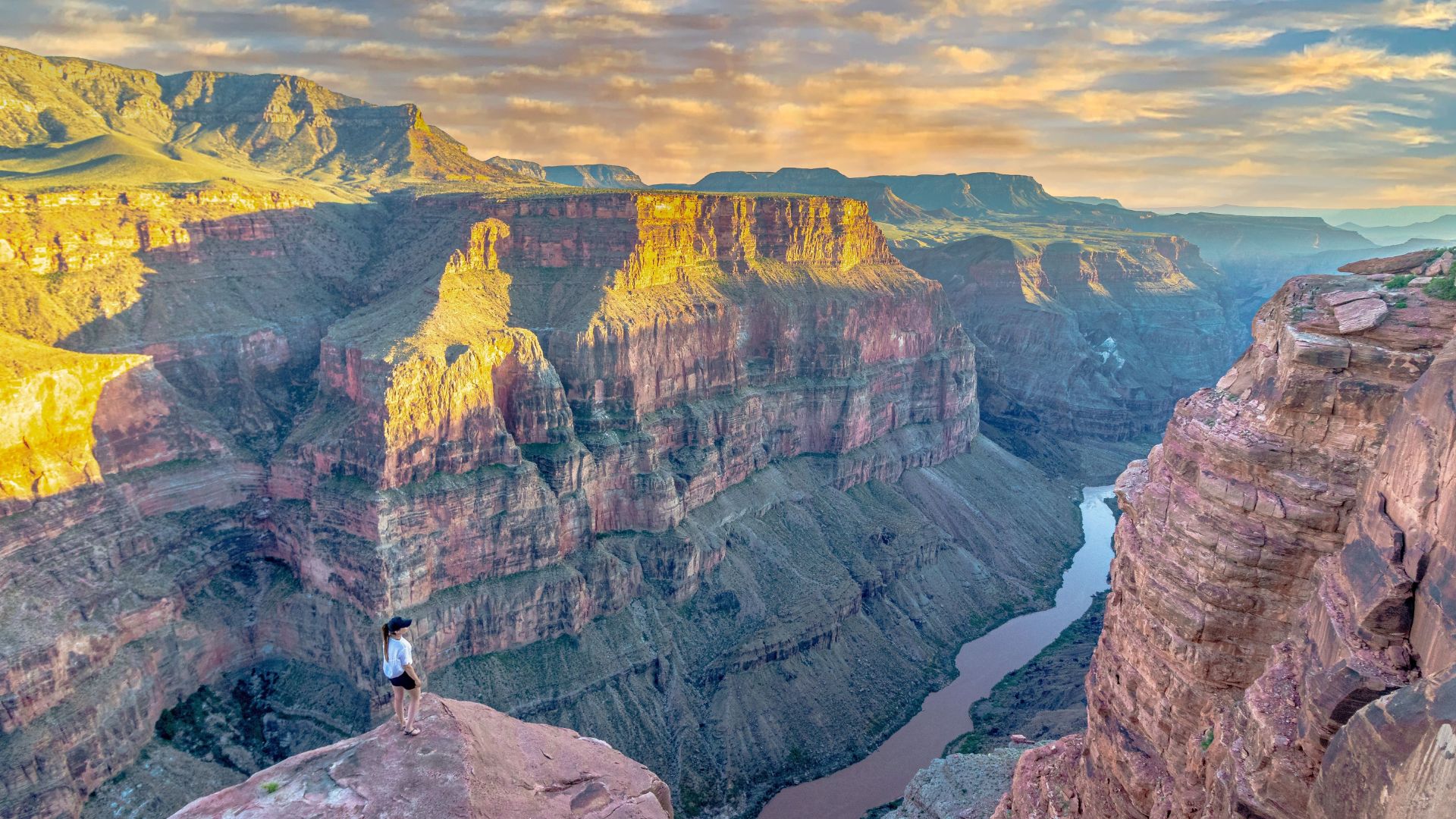Explore Tomorrow's World From Your Inbox
Get the latest science, technology, and sustainability content delivered to your inbox.
I understand that by providing my email address, I agree to receive emails from Tomorrow's World Today. I understand that I may opt out of receiving such communications at any time.
It’s a talent that all survivalists, hikers, and gardeners need: the ability to identify plants on sight. From knowing weeds from sprouts, to recognizing nightshades from blueberries, to keeping away from patches of poison ivy growing on the trail, it’s a vital and sometimes life-saving skill. But for those who are just starting their journey through nature and lack a guidebook, it can be a nightmare. Sure, pulling up Google and comparing images to the real-life plant might work, but it’s not a guarantee.
PlantSnap, on the other hand, has 90% of all flora species catalogued, meaning you’ll never be without identification again, making it a boon for both novices and experts. This app for the iPhone and Android, developed by Earth.com, works on a very simple premise: users take a picture of a plant they want to identify, and the app compares the image to its database and finds the match.
According to app creator and Earth.com CEO Eric Ralls, the idea came to him “over 5 years ago when he was traipsing through a friend’s backyard and wondered about the identity of a plant he’d stumbled across.” At the time, technology wasn’t quite up to the task of solving his problem, but 2018 tech is more than ready.
Ralls calls the app “a botanist in [a] pocket,” which isn’t that far off. The app’s website boasts that it has 316,000 species of flowers, mushrooms, trees, and other plants recorded, making it extremely comprehensive, no matter where in the world it is used. That’s not to say that it can be used anywhere at any time. Because of how the database works, an internet connection or cellular data must be available to identify plants. If you’re out hiking and lose your signal, the app won’t function. However, you can still take pictures and store them for later identification.
Nonetheless, it’s an application that promotes stepping away from the charger and out into the world. Another app to feature a similar concept is Nintendo and Niantic’s Pokémon Go, where creatures are found using location services and augmented reality. While it’s unlikely that PlantSnap will have the same success as Pokémon Go (mostly due to lack of branding), it still encourages users to explore their world and is far more educational than Go. (Unless you consider learning what a Chansey is as educational.)
Speaking of education, this could be a boon for classrooms and nature facilities. While textbooks are expensive and guidebooks can be awkward to carry around, most students and visitors are likely to have a smartphone with them. Promoting the app as a way to interact with the foliage found on the trail or even their backyard could make homework assignments and field trips less tedious and more palatable for the techies in the class. Again, the area would have to have some sort of cellular connection, but it could liven up ecology and biology lessons for older students.
It could also be a major help for travelers, not just global ones but domestic as well. North America has an incredibly diverse ecological makeup, from the deserts of New Mexico and Arizona to the tundra of the Labrador Peninsula. Telling the difference between a pine and a spruce may be easy for New Englanders, but not for California natives. Of course worldwide explorers will also benefit, as each continent and country showcase their own biomes and flora.
More than anything else, though, PlantSnap is a guide to the outdoors–even if the outdoors is just the grass and mushrooms growing on your lawn. With people spending more time locked away in the virtual world, PlantSnap wants to reintroduce us to something tangible and real.







